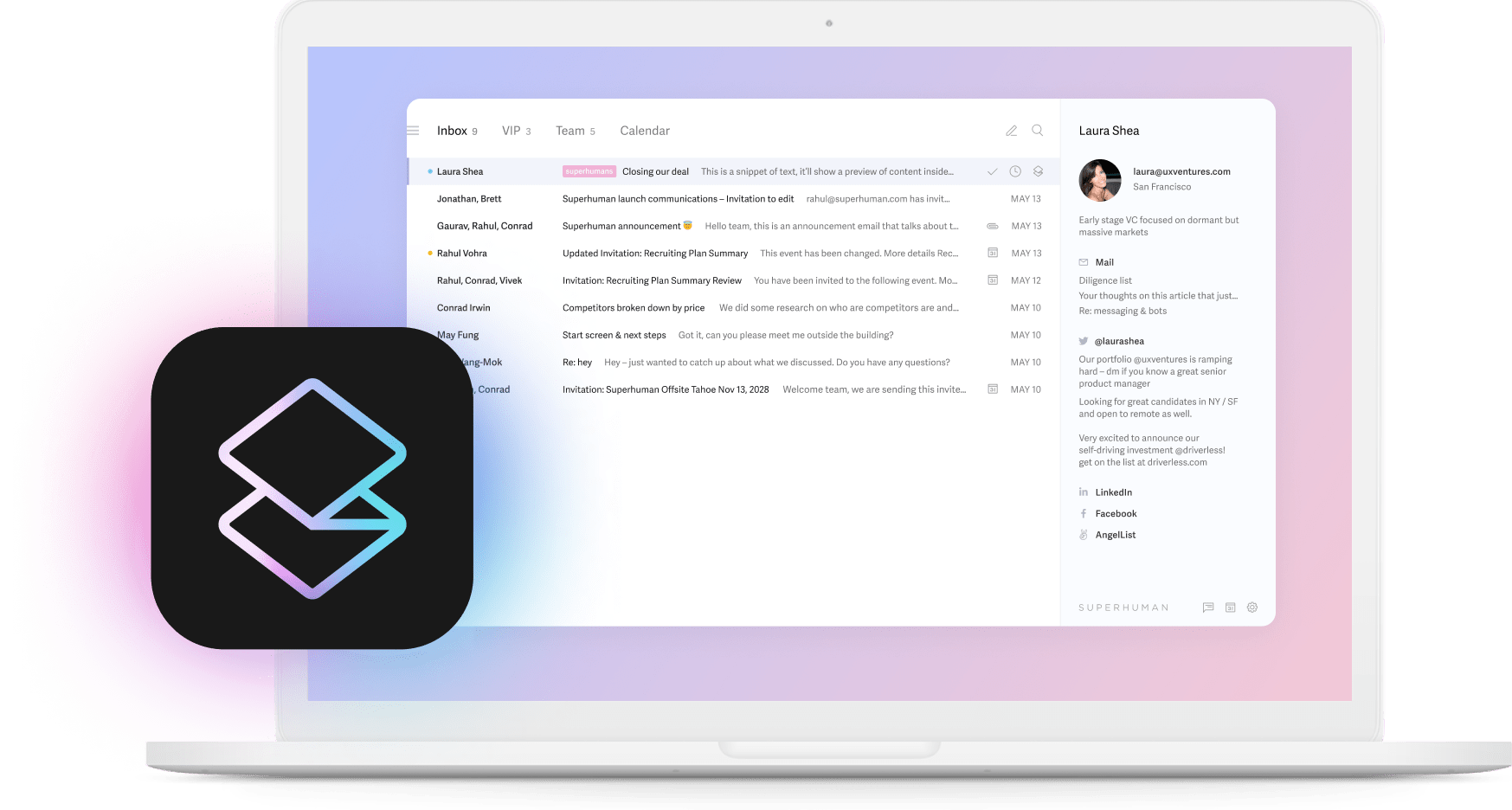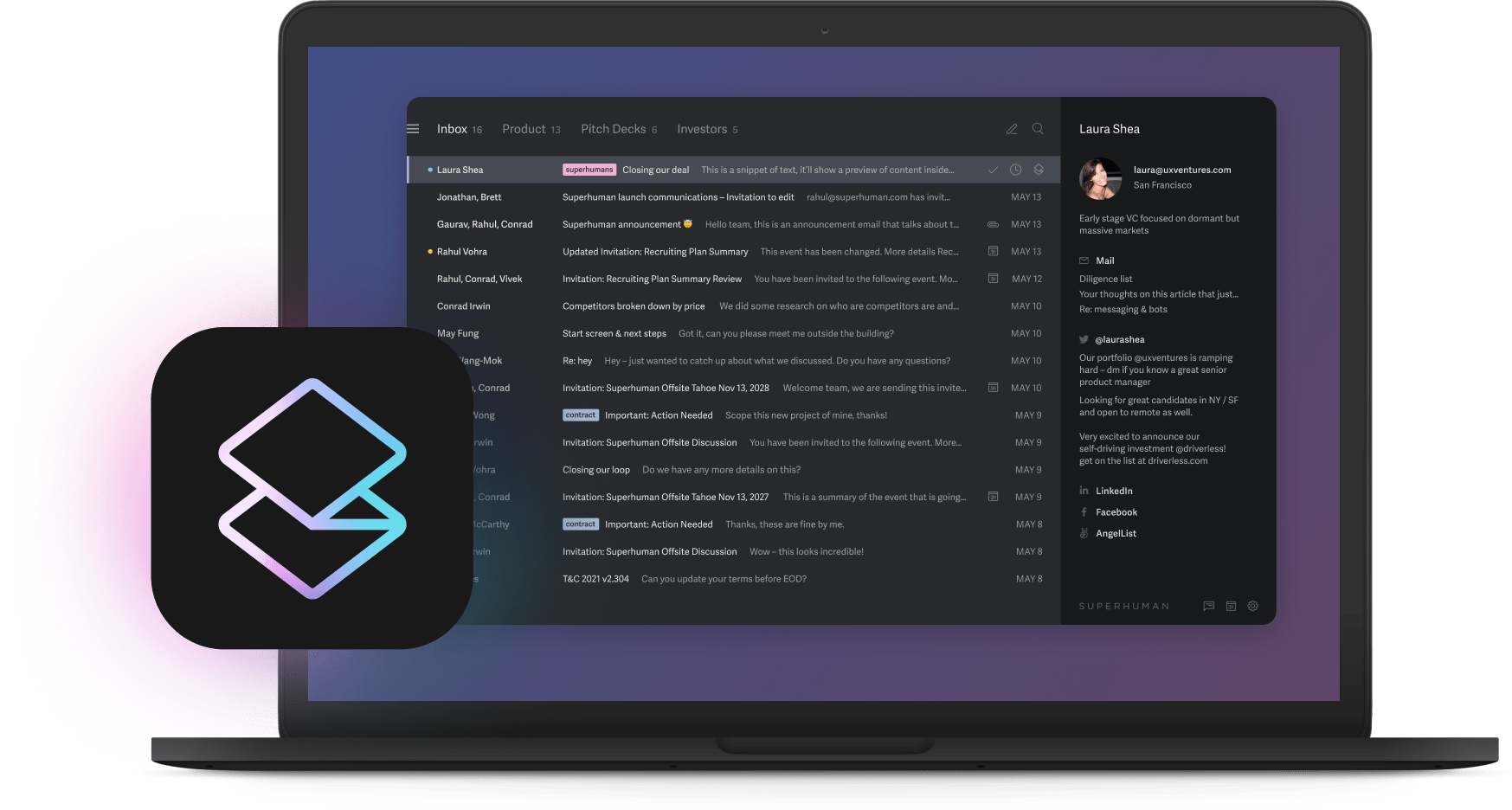
Every CEO has that drawer. You know the one. Full of automation projects that worked perfectly in demos and died the moment they hit real business. Traditional automation breaks when anything changes. Intelligent process automation finally fixes this.
Think of it like swapping a robot that needs constant reprogramming for a smart assistant that figures things out. IPA combines robotic process automation with AI to create workflows that understand, adapt, and keep working when things change.
Companies get it. That's why the intelligent process automation market hit $14.55 billion in 2024 and grows at 22.6% yearly. Because businesses are tired of automation that breaks.
What is intelligent process automation?
Intelligent process automation mixes robotic process automation with AI, machine learning, and natural language processing. Regular RPA follows scripts. IPA systems read unstructured data, make decisions, and learn from what happens.
Here's what makes it different: intelligent process automation fixes what regular automation can't. When processes change or weird stuff happens, IPA adapts instead of breaking. That's why companies are dumping rigid tools for intelligent platforms.
The technology includes smart document processing, conversational AI, and anomaly detection. These let IPA handle exceptions and make complex decisions that would kill traditional automation.
Why does this matter? Three reasons:
- Kills repetitive manual tasks that waste time
- Frees people for creative and strategic work
- Cuts errors in routine processes
This transforms efficiency from cost cutting into competitive advantage.
Market size and growth outlook
The numbers are wild. We already know the market hit $14.55 billion in 2024 and grows at 22.6% yearly. Other research says it could reach $67.73 billion by 2034, growing at 14.6% yearly.
Long-term forecasts put the market at $50.7 billion by 2032. The numbers vary because researchers define markets differently, but everyone agrees growth is massive.
What's driving this? Companies are moving past simple task automation toward smart workflow systems that handle complex, multi-step processes. You know, the kind that actually require thinking.
Investment patterns back this up. Companies that got burned by failed automation projects are finding success with IPA platforms that adapt to changing business without constant fixing.
Why IPA matters right now
Three big forces are pushing IPA adoption: operational efficiency, digital transformation, and data-driven decision-making. Economic uncertainty makes cost reduction sexy again, especially when automation delivers real returns.
The impact numbers are crazy good. Companies using smart automation tools cut operational costs by 40-60% while getting fast ROI. That comes from eliminating manual work, reducing errors, and speeding up processes.
Skills shortages make automation even more attractive. Can't find qualified workers? IPA maintains productivity and service quality. This hits professional services especially hard, where knowledge work automation can multiply what each person accomplishes.
Cognitive automation is where things get interesting:
- 60% of new automation projects use advanced cognitive tools like smart document processing, conversational AI, and anomaly detection
- Companies are shifting from task automation to process intelligence
- Growing confidence in AI solutions that handle judgment-based tasks
Companies are moving beyond simple task automation toward comprehensive workflow intelligence.
Real examples show the technology's range. Lead qualification and sales pipeline management, smart document processing, and customer service automation represent just a fraction of current applications. Each delivers measurable productivity while freeing humans for higher-value work.
Communication workflows show the clearest transformation. Teams using smart email tools report dramatic improvements. Some companies see response times cut in half while handling way more volume. These gains compound across entire organizations.
Market segmentation deep dive
The market shows clear patterns. Services dominated with a 56.5% share in 2024. Companies prefer implementation support over pure software licenses.
Makes sense. IPA deployments aren't simple software installs. They need process analysis, system integration, and change management. Companies invest in professional services to ensure success and maximize ROI.
Industry adoption shows banking and finance leading, followed by professional services and tech. Banks face regulatory requirements and processing volumes that make automation necessary and valuable. Professional services firms know that smart workflow tools eliminate repetitive tasks, speed up work, and create standardized workflows that scale.
Technology focus areas reveal specialization trends. Communication and workflow automation, smart document processing, and customer experience optimization grow fastest. Each addresses specific problems where traditional automation failed.
Communication workflow optimization deserves attention because it applies everywhere. Every company struggles with email overload, meeting coordination, and internal communication efficiency. Smart workflow tools deliver immediate, measurable improvements in team productivity and responsiveness.
Try SuperhumanRegional landscape and adoption patterns
Geography matters. North America leads adoption because of early tech acceptance and venture capital investment in automation startups. The region has mature tech infrastructure and organizational readiness for process transformation.
Europe follows different patterns, emphasizing regulatory compliance and worker protection. European companies often implement IPA to augment rather than replace human workers. This creates innovative hybrid workflows combining human judgment with automated execution.
Global expansion drives significant growth as IPA providers enter new markets and companies worldwide start intelligent automation initiatives. Asia-Pacific shows strong growth potential due to rapid digitization and increasing labor costs.
Regional customization creates opportunities for specialized solutions. Local language processing, regulatory compliance features, and cultural workflow adaptations let focused providers compete against global platforms.
Competitive landscape and recent developments
The market mixes established enterprise software companies with innovative startups focused on specific workflows. Major players include UiPath, Blue Prism, Pegasystems, and Automation Anywhere, plus system integrators like Accenture, Cognizant, and Capgemini.
Two approaches dominate: platform providers offering comprehensive automation suites, and specialized solutions targeting specific workflow categories. Platforms emphasize breadth and integration. Specialized solutions focus on depth and domain expertise.
Communication-focused tools represent an interesting category. These solutions handle HR onboarding and employee lifecycle management alongside supply chain coordination and vendor management workflows. Success requires deep understanding of organizational processes and integration with existing business systems.
Teams using advanced smart solutions report significant productivity improvements. Companies see response times improve by 12 hours on average while processing twice as many customer requests in the same time. These gains show the potential for specialized IPA solutions to deliver substantial value.
Innovation trends show clear movement toward native AI architectures rather than traditional platforms adding AI features later. Native AI solutions better handle unstructured data, contextual decision-making, and adaptive learning that define intelligent process automation.
Strategic recommendations for technology leaders
Focus on solutions that work in the real world, not just demos. The automation graveyard overflows with tools that worked perfectly in controlled environments but failed against actual business processes.
Start with high-impact, low-risk applications that deliver measurable results quickly. Communication workflow optimization works great as an entry point because it affects every knowledge worker and delivers immediate productivity gains. Success here builds organizational confidence for broader automation.
Design pilots to emphasize learning over perfection:
- Focus on learning rather than seeking immediate comprehensive solutions
- Understand how solutions handle exceptions and adapt to real-world changes
- Evaluate integration capabilities with existing workflows and business systems
Companies that approach automation as iterative capability-building achieve better long-term results than those seeking immediate comprehensive solutions.
Change management deserves equal attention with technology selection. Even the smartest IPA solution fails without proper training, support, and cultural adaptation. Success requires helping teams understand how automation enhances rather than threatens their work.
Future-proofing strategies should prioritize adaptability over feature lists. The most valuable IPA solutions evolve with changing business needs rather than requiring replacement when processes change. This adaptability becomes critical as companies face increasing competitive pressure and market volatility.
Vendor selection should emphasize partnership over procurement. The best IPA implementations result from collaborative relationships where technology providers understand specific business contexts and organizational cultures. This partnership approach ensures solutions remain effective as business needs evolve.
Key takeaways
The intelligent process automation market offers huge opportunities for companies ready to move past traditional automation limits:
Market fundamentals
- Market reached $14.55 billion in 2024 with projected 22.6% yearly growth through 2030
- Companies can cut operational costs by 40-60% while achieving fast ROI
- 60% of new automation projects now use advanced cognitive tools
Strategic priorities
- Start with high-impact, low-risk applications like communication workflow optimization
- Focus on solutions that adapt to real-world complexity rather than demo scenarios
- Prioritize vendor partnerships over simple procurement relationships
Competitive advantage
- Early adopters gain substantial advantages in productivity, responsiveness, and operational efficiency
- Success requires combining human creativity with smart automation capabilities
- The question for tech leaders isn't whether to adopt IPA, but how quickly to begin
Implementation success factors
- Emphasize learning over perfection in pilot programs
- Invest equally in change management and technology selection
- Choose adaptable solutions that evolve with changing business needs
The future belongs to companies that turn daily operational challenges into competitive advantages through intelligent process automation.





